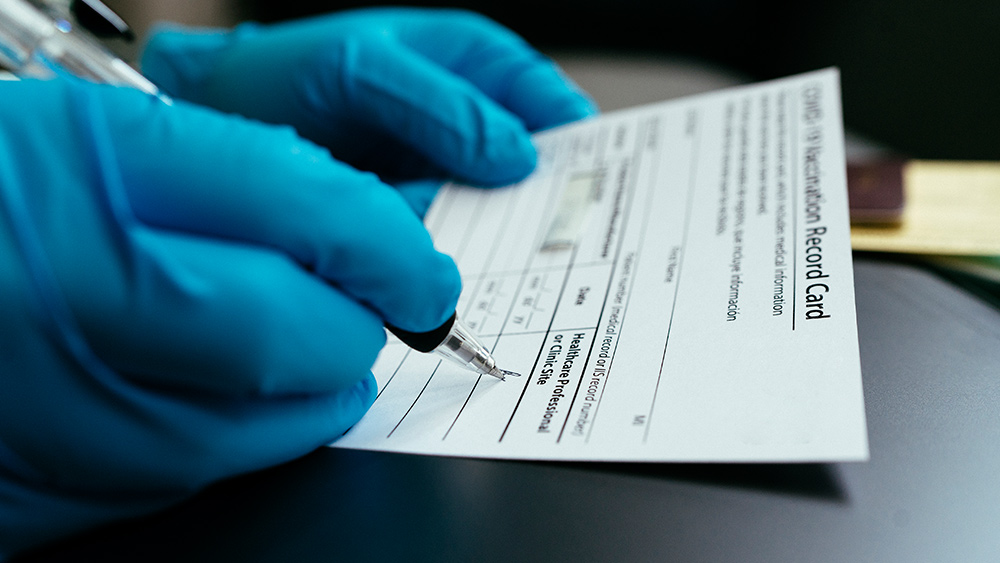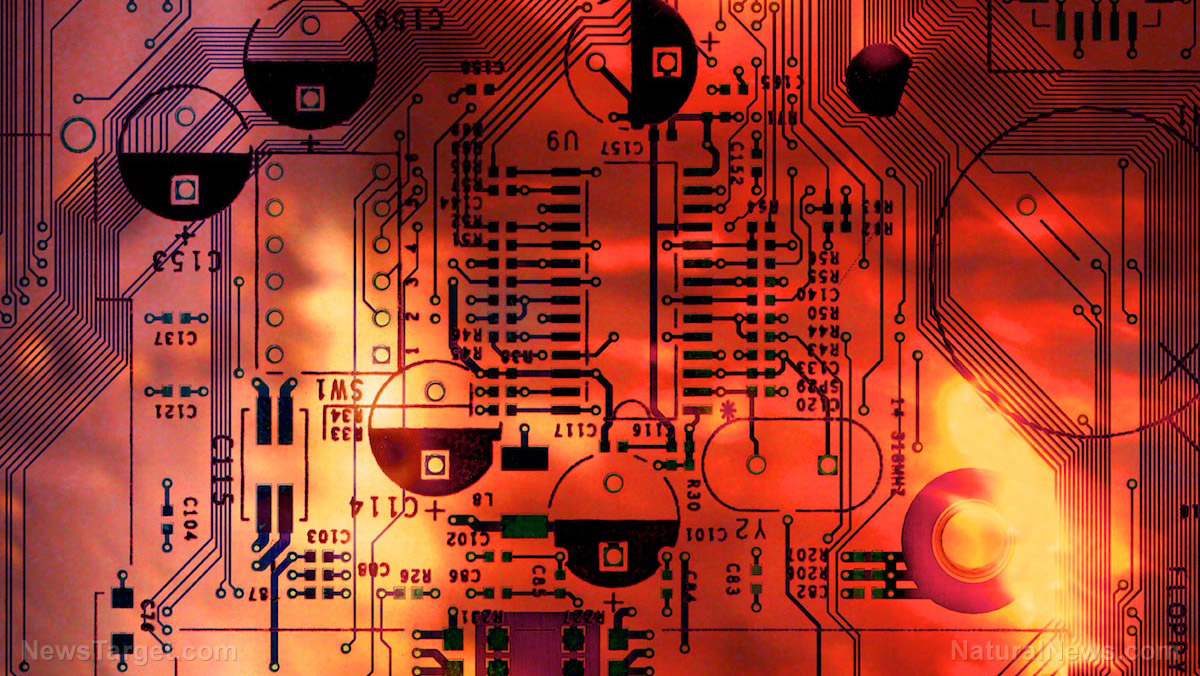GPS-dependent America is one solar storm away from collapse
09/27/2021 / By Virgilio Marin

Global positioning system (GPS) satellites are extremely vulnerable to massive solar storms due to their location in space. If they go down, GPS-dependent infrastructure such as electric grids, financial market systems and public transportation will go down as well. The combined failure of these can very well bring America’s collapse, yet the country still hasn’t built a backup GPS system.
Solar storms can end America
Solar storms occur when the sun emits massive bursts of energy in the form of solar flares and coronal mass ejections (CME). Solar flares are commonly accompanied by CMEs, which are powerful expulsions of charged particles and magnetic energy.
These two events are not directly dangerous to life on Earth, since the planet’s magnetic field deflects any harmful radiation and charged particles that the sun emits. But satellites are vulnerable due to their location above the planet’s atmosphere.
If a massive CME erupts on the Earth-facing side of the sun, the stream of charged particles it carries will strike the planet and disturb its magnetic field. This disturbance, which is called a geomagnetic storm, can damage or destroy satellites and disrupt human activities that depend on these orbiters.
GPS failure, in particular, will be catastrophic since nearly all critical infrastructure in the U.S. are GPS-dependent. Operated by the Air Force, GPS is made up of 31 operational satellites that orbit Earth twice a day at an altitude of more than 12,000 miles. It is used for navigation, location determination and timing.
While most people can navigate without GPS, modern transportation and emergency services need it for their basic operations. If GPS goes down, there will be no information boards to tell commuters when the next train will arrive. Planes can get lost and run out of fuel mid-flight. Emergency operators will not be able to locate callers and identify the nearest ambulance or police car.
GPS failure can also disrupt cellphone networks, financial markets, digital television, electric grids and more. All of these rely on GPS to make precise measurements of time. The finance sector, for example, uses GPS clocks to timestamp and verify ATM, credit card and high-speed stock market transactions.
A glitch of just a fraction of a second can cause problems to all of these systems. If GPS clocks stray by a thousandth of a second, for instance, a person trying to locate himself using GPS will be mislaid by up to 185 miles. (Related: “Space weather” can cause cascading collapse across critical human civilization infrastructure, blocking rail transport, aviation, and food delivery.)
High odds of GPS failure this decade, yet US has no backup GPS
The current decade is a particularly dangerous time, as pundits warn that the current solar cycle may be the busiest in a long time.
“We have every reason to believe that the current solar cycle which began in December 2019 could be the most active since the 1970s,” said Scott McIntosh, deputy director of the federally-funded National Center for Atmospheric Research.
“This is a particular concern for the GPS. Strong solar storms can charge the atmosphere and prevent signals from getting through for days. The strongest can damage or even destroy satellites,” he went on.
In a study published last year, McIntosh and his colleagues predicted that Solar Cycle 25 – the cycle that the sun is currently in – will peak with a maximum sunspot number of up to 260. That’s more than double the previous solar cycle’s 116 sunspots. (Related: The new solar cycle bares its teeth: Powerful solar flare jams radio signals over the Pacific Ocean.)
McIntosh estimates a 35 to 45 percent likelihood that a CME will disrupt GPS services for up to several days in the next decade. The cost of this to the U.S. economy will amount to billions.
Yet the U.S. still has no backup GPS system to support industries in the event of a disaster. Both former Presidents George W. Bush and Barack Obama pledged to build a backup, but nothing came out of their pledges. In 2018, Congress passed the National Timing Resilience and Security Act, which requires the Department of Transportation (DOT) to establish an alternative GPS timing system by 2020. But the DOT hasn’t produced anything yet.
Meanwhile, China, Russia and Iran have land-based backup systems that GPS users can switch to should GPS satellites go down. These backups are safe from solar storms and are more difficult to jam or spoof than GPS.
Space.news has more about solar storms and how they impact life on Earth.
Sources include:
Tagged Under: America, chaos, CME, Collapse, coronal mass ejections, cosmic, disasters, geomagnetic storm, Glitch, Global Positioning System, GPS, GPS failure, GPS Satellites, national security, power grid, radiation, satellites, solar cycle, Solar Cycle 25, solar flares, solar storms, Space, space weather, sun, technology
RECENT NEWS & ARTICLES
COPYRIGHT © 2017 INFORMATIONTECHNOLOGY.NEWS




















